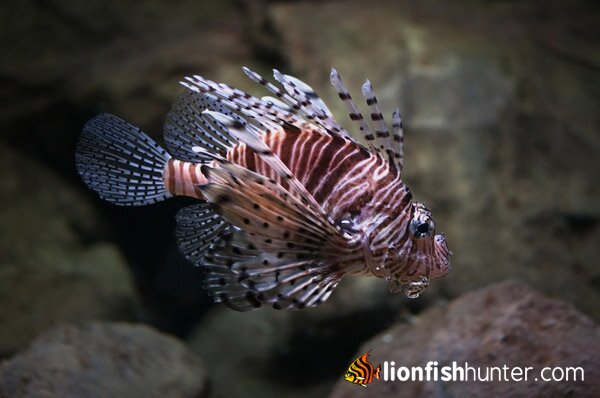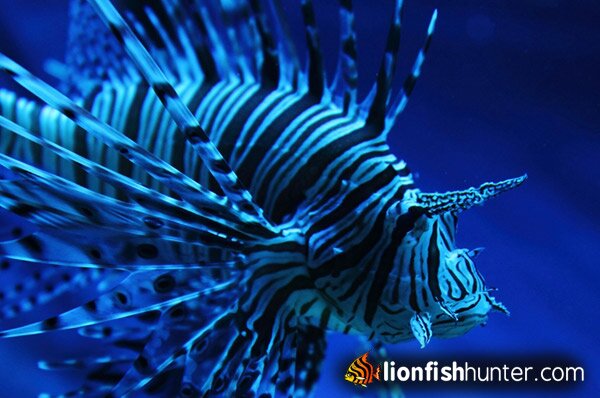
The Dendrochirus brachypterus is known by many names besides the Dwarf Lionfish. They can include the Fuzzy Dwarf Lionfish, the Shortfin Turkeyfish, the Shortfin Firefish, the Featherfish, and quite a few others. The list of names seems to go on and on and you would be shocked how many in the English language there are. The IUCN has not had a chance to evaluate this fish for inclusion on the list of endangered species.
The range of the location in which a Dwarf Lionfish lives is from Samoa and Tonga to eastern Africa and the red sea. Basically the Indo-pacific is where the fish will be found. At the northern tip of their habitat you will find the waters of southern Japan, while the southern tip of their habitat lies somewhere between Australia and New Guinea. They love to be among the rocks and the coral wherever they are. That is where they feel the most comfortable. This could be in reefs or other shallow areas, or just about anywhere with weed covered rocks.
There depth maximum comes out somewhere around 223 feet, give or take. They are also a nocturnal species as well. The younger fish tend to grow up together in packs of about ten or more fish, while the adult fish are busy living among the sponges. The younger fish can also be found not that far from shore too in a reef.
It was reported that 6.7 inches was the largest Dwarf Lionfish on record. The colors on the body are always going to vary from brown to red. Their are spotted bands on the pectoral fins that are extremely distinct. This fish does have venomous spines on it as well. There may also be a tentacle that can come down right below the eye along with other appendages that are leafy around the head area.
This fish is also commonly mistaken for that of a Zebra Lionfish. But, there is one quick way that you can tell the difference between the two. The spotted bands on the Lionfish will indicate that it is not a Zebra Lionfish and is indeed a Dwarf Lionfish.
Caring For Dwarf Lionfish
This particular fish can be extremely intimidating to look at when you first see them in person, but don’t worry too much. They are going to be spending a lot of time hiding amongst anything they can hide in anyways. This is why it is essential to have things in there that they can use to create these hiding spots. It will help them feel at home as much as possible and help them adjust to life in the aquarium, which is much easier for them than their relative the Fu Manchu Lionfish.
Most of the time you don’t want males in the same tank, just because they are going to get territorial and it is not going to end well. The tank that you put the group in should be at least 4 feet long, and you should put them in as a group. Remember, try to keep only one male in the group and the rest females, that way there will be no issues between males. You can keep other fish in the same tank, as long as they are not going to be small enough to be considered food for the Lionfish.
Live food is a requirement if you wish to have a Dwarf Lionfish in your tank. They can be trained over time to eat non-live food, but that can take a long time. Obviously if it is a young fish it is going to be a lot easier to train on the dead food as opposed to the mature fish that have already built up a long span of eating habits. Shrimp, crab, and fish are going to be the main staple of the Dwarf Lionfish diet. Please remember to use extreme caution when dealing with these Lionfish in any capacity, simply because they are venomous.
Although they are more inclined to breed than many of the other fish found in aquariums, this doesn’t mean that you will easily be able to make that happen. But, if you are working with a group of females and one male your chances are going to be much better. The female will lay the eggs in the thousands and they will be hatched within 36 hours. They are going to be really small though. The fry will start to feed 12 hours after the hatching.




No Comments